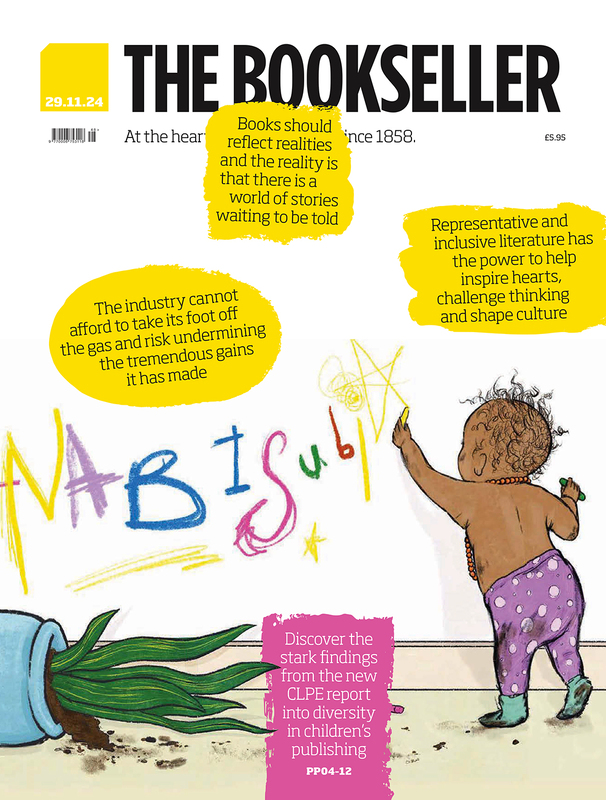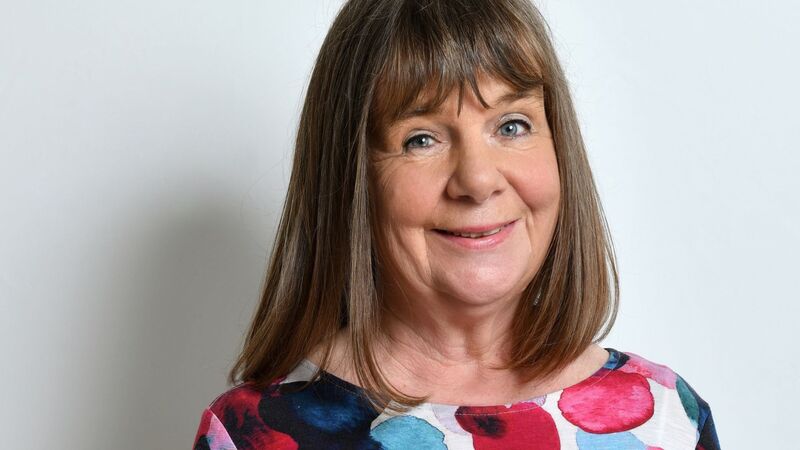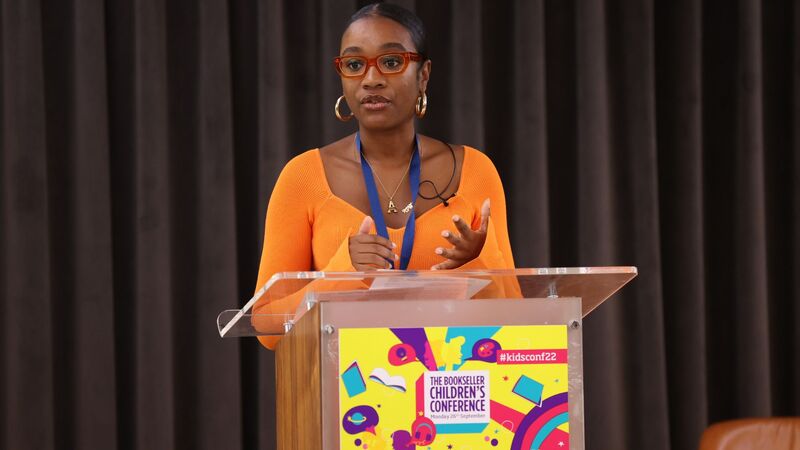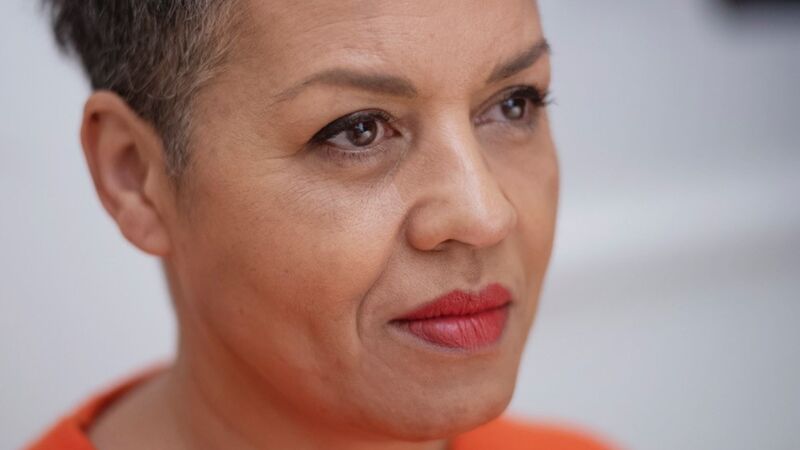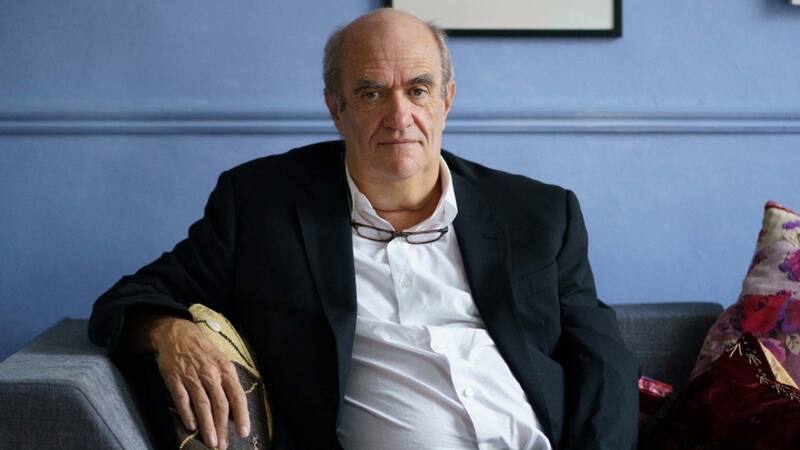You are viewing your 1 free article this month. Login to read more articles.
Children's publishers reflect on growing readerships in lockdown
Children’s publishers grew readerships during lockdown across subject areas, extending to renewed interest in their backlists as well as in their online educational resources, delegates heard at The Bookseller’s Children’s Conference this week.
Nielsen consumer data shared by account manager Jaclyn Swope in a session on lockdown trends revealed people read more during lockdown, with reasons for reading more with children including keeping them educated and entertained as well as having more spare time.
Overall, 36% of those with children in the household were reading more with children, rising to at least half of families with children aged 0–4 or 5–8 years old. Encouragingly, two thirds of those reading more with their children surveyed by Nielsen said they intended to keep it up.
Children’s books had an increased presence in the weekly charts until July. This was especially the case at the beginning of lockdown; it peaked in week 13–the first week of lockdown–with children's books accounting for more than half of the top 5,000 titles, with 2,600 ISBNs, for several weeks. Throughout the lockdown, children's books took a higher number of places than they did in equivalent weeks in previous years, largely at the expense of more niche non-fiction.
On a category basis, reference and home learning experienced massive growth at the start of lockdown, taking 500 more places in the top 5,000 titles in week 13 than they had done the previous year, and this extra interest continued until school term time ended in June when this returned to normal levels as of 2019.
Also in growth were novelty and activity books, fading half-way through lockdown as availability normalised and take-up of picture books picked up. In the first six weeks of lockdown, six of the top 10 children's bestsellers were Collins Home Learning titles, whereas in later weeks more variety was introduced to the bestsellers list, with momentum building for picture books including classics, like Julia Donaldson’s The Tiger Who Came to Tea, and children’s and YA fiction, like the new Hunger Games title.
Looking at the period from January until May, children’s books across all formats were up 1.5%, according to Nielsen’s consumer data. Girls 0–4 were the largest segment between March and May although fewer books were bought for 0–8 year olds compared to 2019. More books however were bought for both girls and boys aged 9–16, with 81% of those aged 13–16 buying books for themselves. Consumers were able to find and buy books chiefly via online sales channels, with 70% of children’s books bought online in April and May, fuelled by online browsing, recommendations and reviews.
Commenting on Usborne’s experience, campaigns manager Joanna Olney (pictured) said in a live panel exploring the rise of lockdown learning that it had responded by dropping the price of all e-books during the period to 99p and put on virtual days out in a lot of "fast, furious" work. But while web traffic leapt 95%, Usborne also become more mindful of the long tail value of content as a result of the crisis after sales of its midlist and backlist grew, with demand rising particularly for its phonics, activity and sticker books. Among its most popular titles were its Pencil and Paper Games book published five years ago and Olney said this showed the importance of having good metadata in order to make such content easily discoverable. She said, “You can’t always rely on people to be in bookshops and libraries”, and it was important to bear this in mind, also for those times when children and families “want to dig into something” spontaneously.
"What we did discover is to never ignore your backlist," said Olney. "The titles that suddenly were in demand–and the one that rocketed was the Pencil and Paper games [series of] books–no one had done any marketing on. But people wanted them. It was an exercise in the power of metadata and knowing if you put the right keywords in, [it will benefit you] when people need your products and you can't anticipate those moments in time. There's a reflection to be made on your broader list and not to always be so focused on the next big thing but to look at the longer tail of your publishing and the value in that."
Alex Harris, commissioning producer for BBC Bitesize, said it had needed to radically adapt. As many as five million people were using it in one week during the lockdown period—made possible as 78% of children in the UK were at home rather than at school by the end of March, meaning overnight there was a 50% increase in screen time, “doing more of everything from playing games to seeking out resources”. It pivoted from being a website-only product to broadcasting.
"Bitesize today is definitely a lot more than a revision website... [In the wake of schools closures] we overhauled our department," Harris said. "I was commissioning content and we started to create a lot more inhouse at the BBC. We completely reorganised the website, bringing in content from partners and everything that we thought kids and families would enjoy using at home. We also started broadcasting on television. We were based on a website but within 6 weeks of lockdown we were broadcasting two hour-long programmes a day accessible on iPlayer." It also ran book clubs for different age groups during the period, recruiting the likes of Joanna Lumley, Stephen Fry, David Baddiel, David Walliams, Laura Kenny, David Attenborough and Alex Jones to read stories for children and discuss them.
Olney said of story time's enduring popularity it was “a tried and tested format [that] has been going on forever”. “There’s something beautifully magical resting your head on the table and having someone tell you a story,” she said. “It was a really scary time for kids and I think they absorbed a lot more than people give them credit for… books came into their own, to escape.” However she said she also came to realise there is no replacement for print and face-to-face, with “interaction on a screen not the same” and the physical product “still key to us”.
Author Rashmi Sirdeshpande said that social media had become an important way to build bridges between teachers, authors and illustrators, having set up a YouTube channel to be able to do Q&As for schools, participated in online festivals and connected with readers via Twitter herself during lockdown. However she noted it could be a "massive strain" for authors and illustrators who already had a lot on their plates given the financial implications of the crisis. "As authors we would do so much face-to-face," she said. "[Before the pandemic] we were at book festivals, we were in schools doing visits, which was one of the big touchpoints with our audiences [as] it's where we meet gatekeepers, we were meeting booksellers; it's how we build relationships. That all changed completely, and I know from many of my author and illustrator friends, who have been doing this a lot longer than me, that this meant a huge change in their income too... Suddenly you're thinking about online when maybe that wasn't even in your game plan at all." Key take-aways from lockdown for her however included to “really focus on bringing joy and creativity to learning” and, drawing inspiration from BookTrust, “the need to find new, hard-to-reach audiences”, taking books to where they’re most needed.
BookTrust’s head of children’s book promotion and prizes, Emily Drabble, said the organisation had invented a whole new "Home Time" website featuring how-to-draws with illustrators like Chris Riddell and video story times with different books when it had understood lockdown was imminent and it had been prompted to consider, "Who do we want children to hang out with when they're online? Because they're going to be online a lot". BookTrust also spent time during the crisis on partnering with publishers and local authorities to get resources care packages to families who didn’t have access. It said it had been “inundated” with requests from practitioners and parents asking for specific books to be read on its online platform, and its research showed it had helped nine out of 10 parents find new ways to spend time with their kids.

